A Surprising Reassessment
At the outset, I must confess my previous misjudgment regarding the Nissan Ariya. Initially, I regarded it as merely adequate when compared to the offerings from industry giants like Tesla, Hyundai, and Volkswagen. However, after immersing myself in the Ariya experience for a more extended period, I found my perception shifting dramatically. What I once saw as average now glimmers with potential, elevating it from the middle ranks to a position of notable distinction within the electric vehicle market.
Understanding Real-World Range
When considering the base model of the Nissan Ariya, priced at $40,000, one quickly notices its smaller battery capacity, which is rated at 216 miles of range. While this figure may seem underwhelming—especially as many consumers now anticipate a minimum of 250 miles—the Ariya’s performance evolves significantly when one opts for the 87 kWh battery. This “big” battery achieves a commendable range of about 304 miles, putting it in respectable contention with its rivals.
However, my particular model was adorned with the e-4ORCE All-Wheel Drive system and the plush Platinum trim with 20-inch wheels, which inevitably reduced efficiency. My maximum range estimate dropped to 257 miles, yet I found this reduction relatively inconsequential during my testing adventure.
Adventuring Along the Coast
The plan was straightforward: I would fully charge the Nissan Ariya at home, embark on a round trip to San Diego, and return, all on that same charge. Not once did I contemplate driving below the speed limit or sacrificing comfort for efficiency. Ironically, about 75% of my journey unfolded beneath the speed limit, a welcome side effect of Southern California traffic that the Ariya deftly maneuvered through.
Equipped with 389 horsepower, the Ariya exhibited spirited agility that nearly mirrored the performance of a Tesla Model Y. The ProPilot Assist 2.0, complemented by the Navi-link system, transformed my highway experience into a semiautonomous drive, providing a sense of ease and security on the route.
Comfort and Aesthetics in Motion
Impressions of Interior Design
Throughout my travels, I found myself enamored with the comfort of the seats, the thoughtful interior layout, and the quirky use of space, such as the motorized armrest/storage compartment. Every touchpoint conveyed a sense of quality—one that I found superior to Tesla’s often sterile design aesthetic.
Despite the oversized wheels, the ride quality remained impressively comfortable. Handling, while slightly subdued, appealed to the majority of potential buyers who prioritize comfort over outright sportiness. The steering, though well weighted, lacked the feedback typically craved by driving enthusiasts.
The Reality of Fast Charging
When discussing range, one cannot overlook the realities of fast charging. Despite the Ariya’s competitive specifications, I encountered a common issue during my journey: most chargers I approached—typically rated for 300 kW—failed to deliver on their promises. Charging a rival vehicle that could utilize an 800-volt architecture at a mere 100 kW was surprisingly common. This experience echoed my previous encounters with high-output chargers, leading to a degree of frustration.
Having surpassed the 200-mile mark on my return trip, I chose to stop in San Juan Capistrano for a coffee. With over 50 miles of range remaining, I felt assured about completing my journey. In just a short break, I managed to gain over 80 miles of charge, a reminder that even in a competitive landscape of charging infrastructure, the Ariya stood resilient.
Looking Ahead: Enhancements on the Horizon
The Future of Charging Infrastructure
I anticipate that the introduction of a NACS (Tesla) adaptor for Nissan’s electric vehicles will significantly enhance the driving experience for Ariya owners. This forthcoming feature is bound to expand charging options and workflows, bringing us closer to a seamless electric driving experience.

Final Thoughts: A Growing Contender
In summary, my experience with the Nissan Ariya revealed a vehicle that is not only competitive with stalwarts like the Toyota BZ4X and Honda Prologue but also serves as a commendable alternative to Tesla, Hyundai, and Kia offerings. While it may not eclipse any one competitor in specific metrics, its holistic package impressed me, making it an appealing option for daily driving.
The inventive interior design and commendable comfort contribute to a delightful ride, with sufficient power to avoid embarrassment on the road. With a pricing range from $40,000 to $60,000, it stands as a legitimate contender in the electric vehicle arena.
Forget about the charts and numbers; when you pit the Ariya against its peers in a side-by-side comparison, I believe you’ll share my surprise and admiration for this emergent electric vehicle.


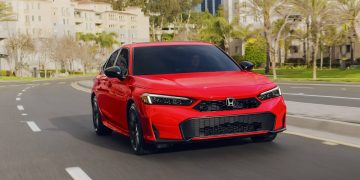
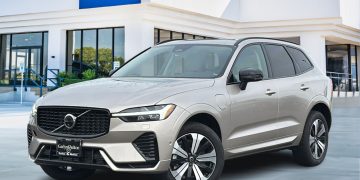
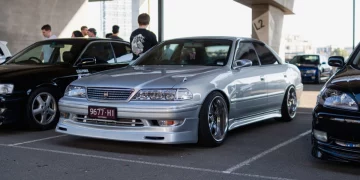

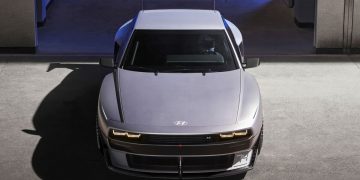

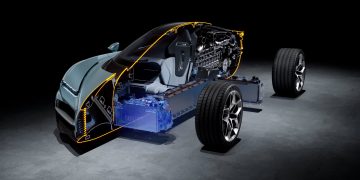





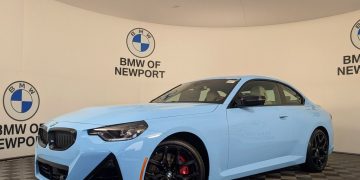

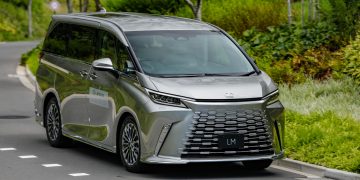

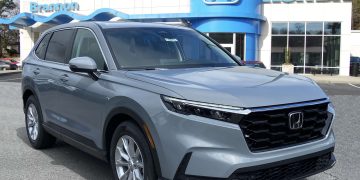















Discussion about this post